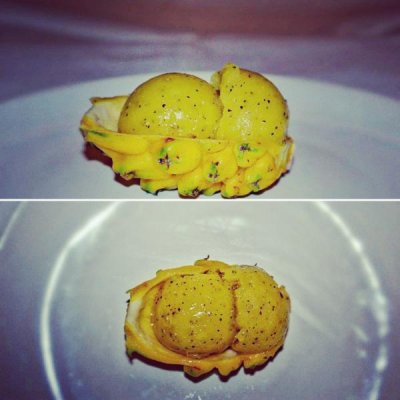Hi Everyone,
I am trying to perfect my Sorbet recipes, I make pure fruit ones and ones mixed with alcohol. My issue and always has been is the freezing part they just freeze too hard. I have recently started to use Liquid Glucose and has not made a major difference maybe due to the amounts I am using. I would like to get some tips on how to make a good sorbet with and without alcohol please?
If adding things like Liquid Glucose how should it be measured? I am based in the UK so can we use UK metrics and ingredients if possible please as it would be easier for me to work out.
Thankyou all in advance
Rockyuk
I am trying to perfect my Sorbet recipes, I make pure fruit ones and ones mixed with alcohol. My issue and always has been is the freezing part they just freeze too hard. I have recently started to use Liquid Glucose and has not made a major difference maybe due to the amounts I am using. I would like to get some tips on how to make a good sorbet with and without alcohol please?
If adding things like Liquid Glucose how should it be measured? I am based in the UK so can we use UK metrics and ingredients if possible please as it would be easier for me to work out.
Thankyou all in advance
Rockyuk




